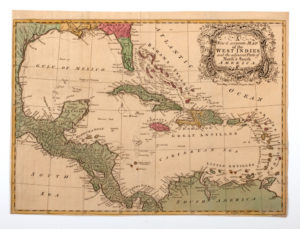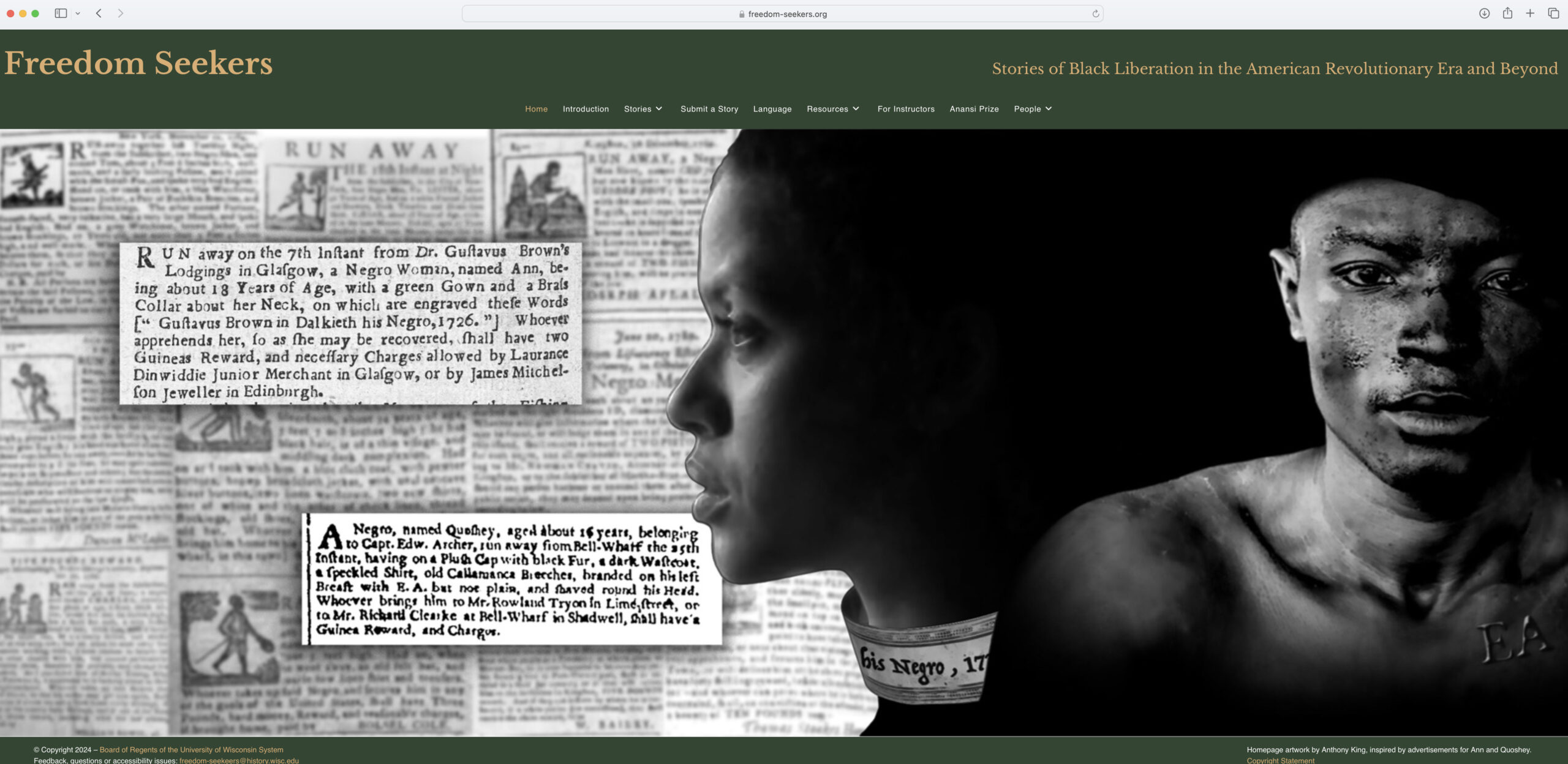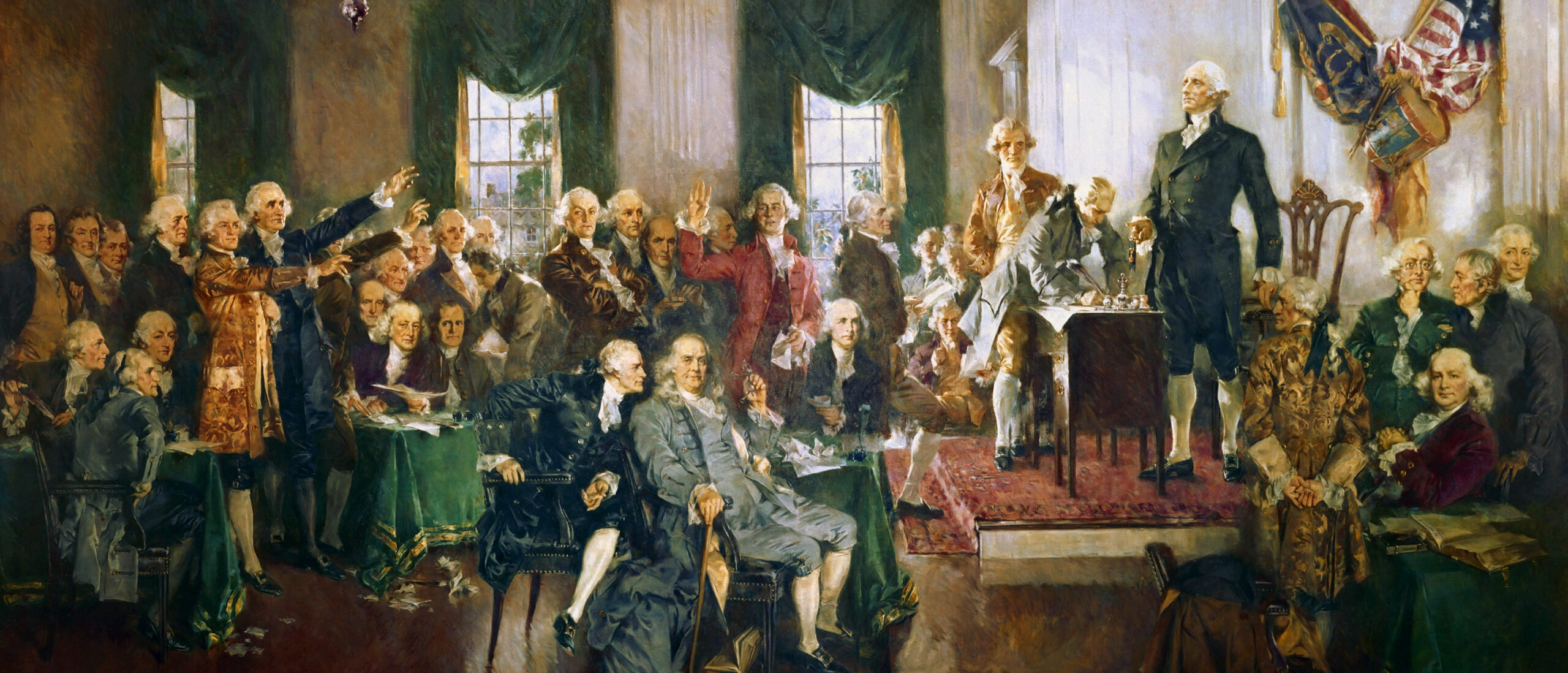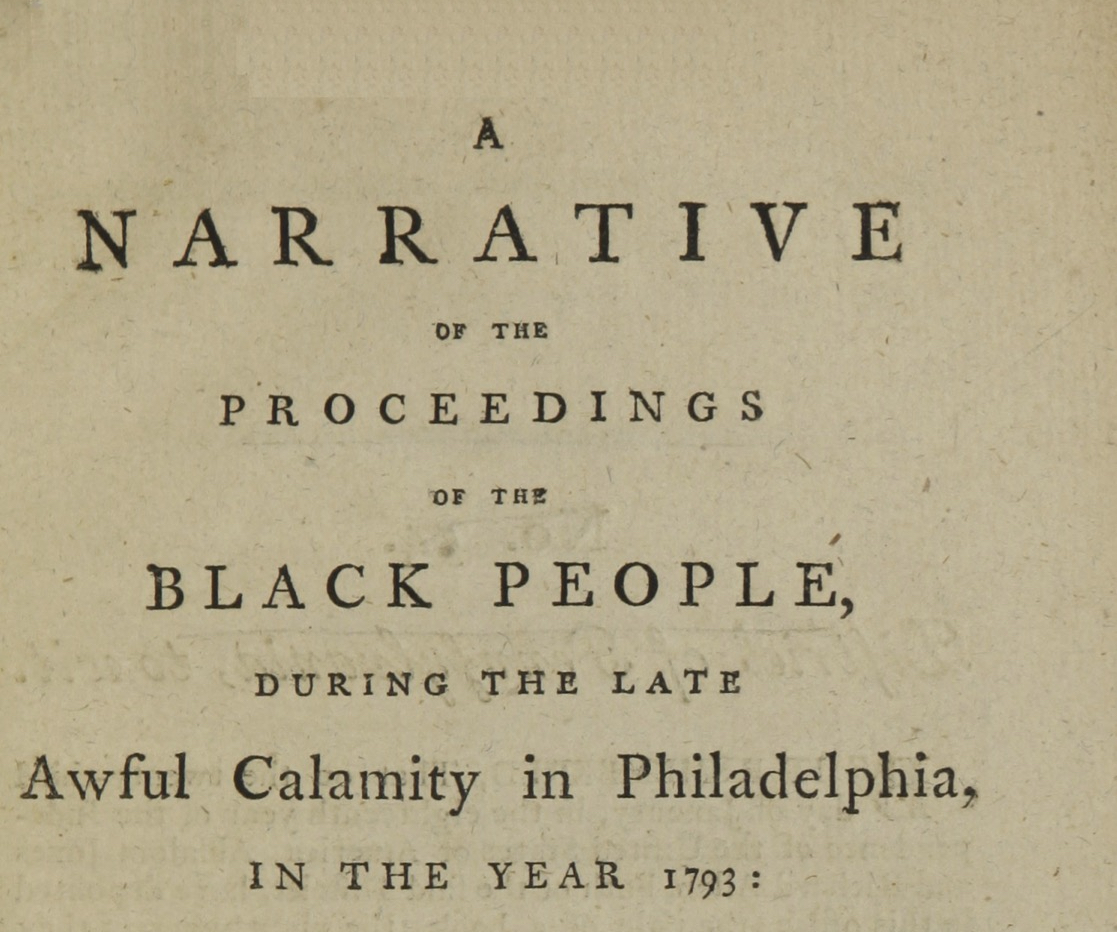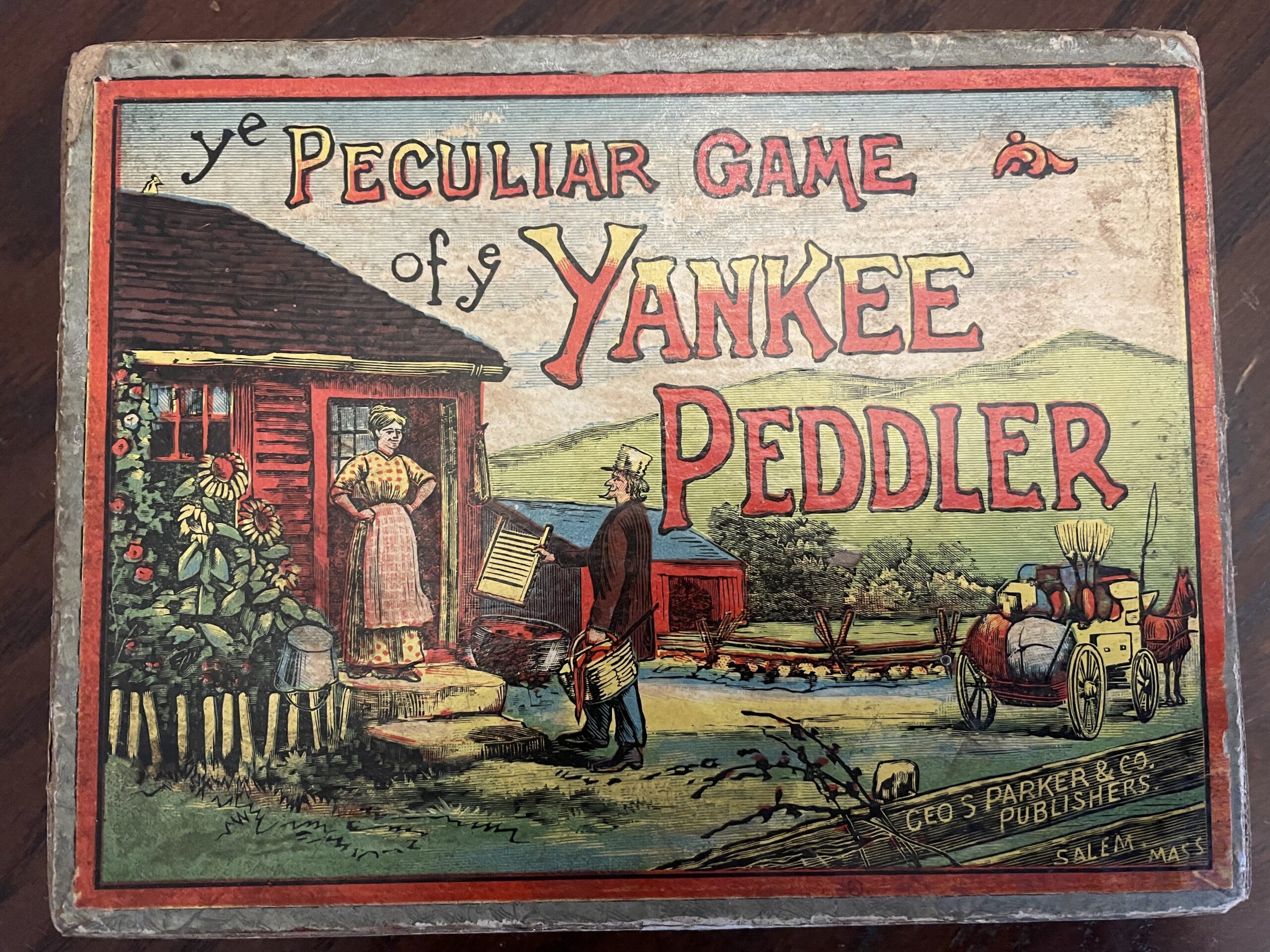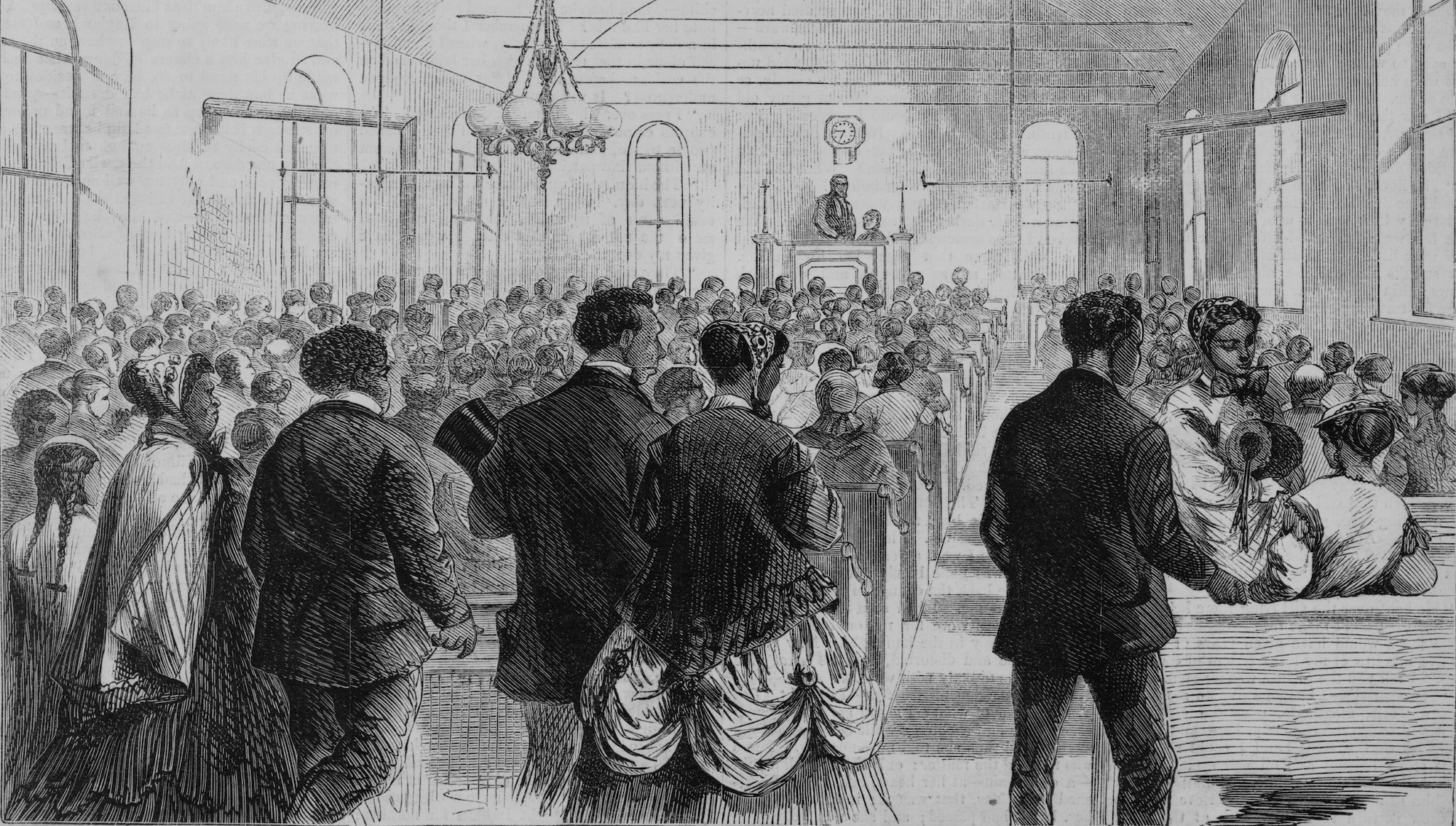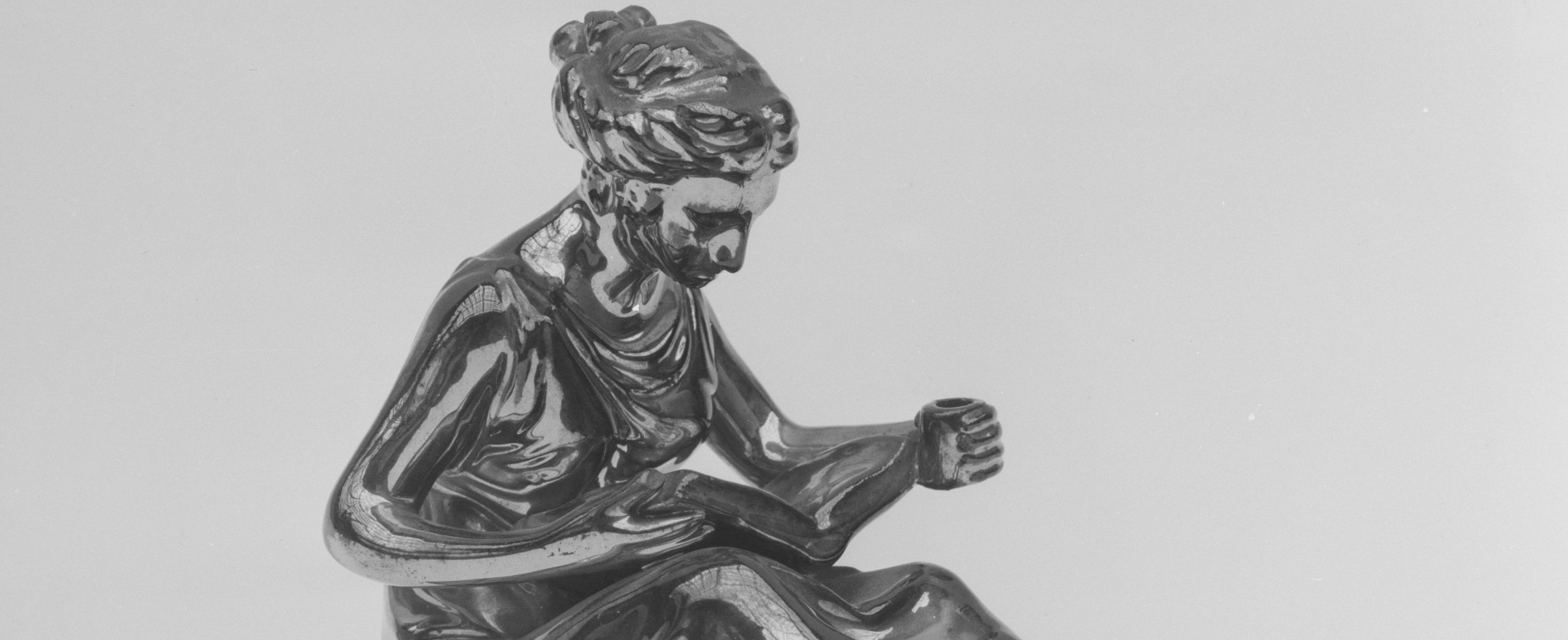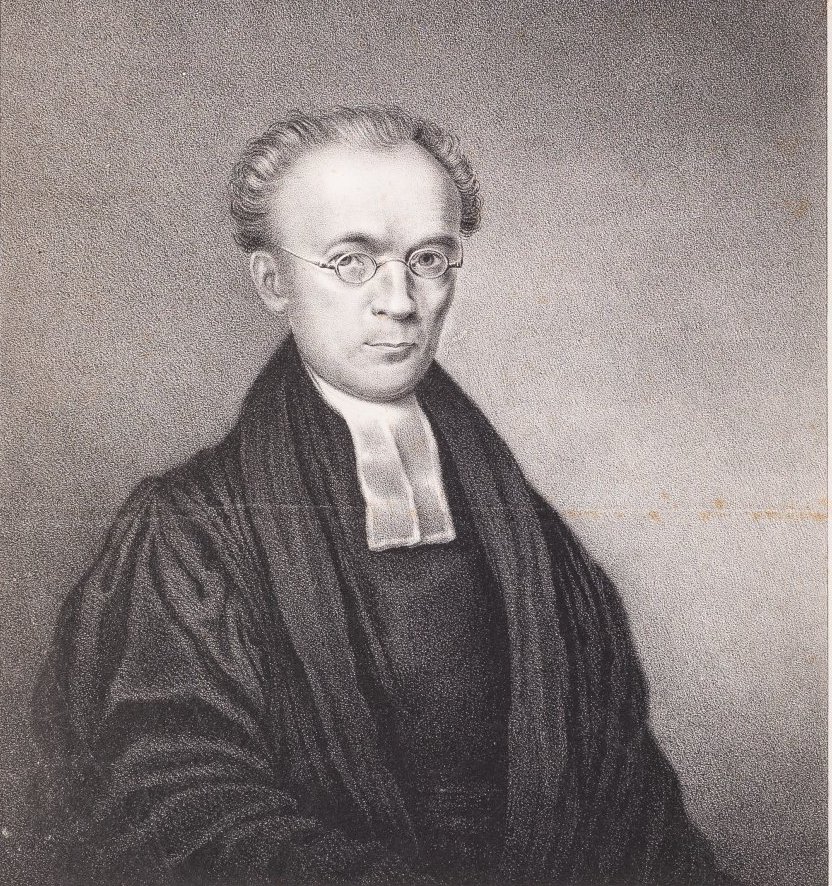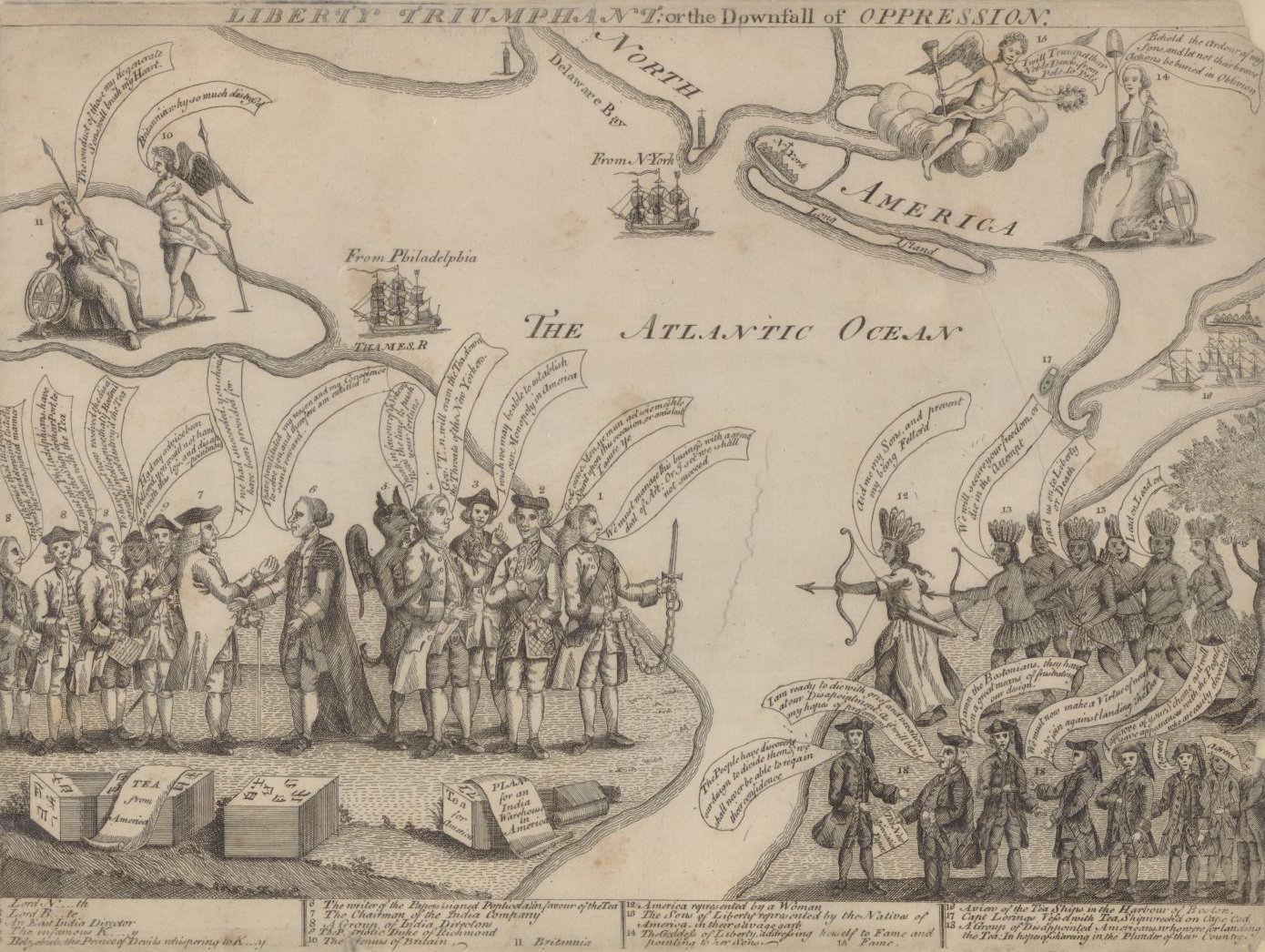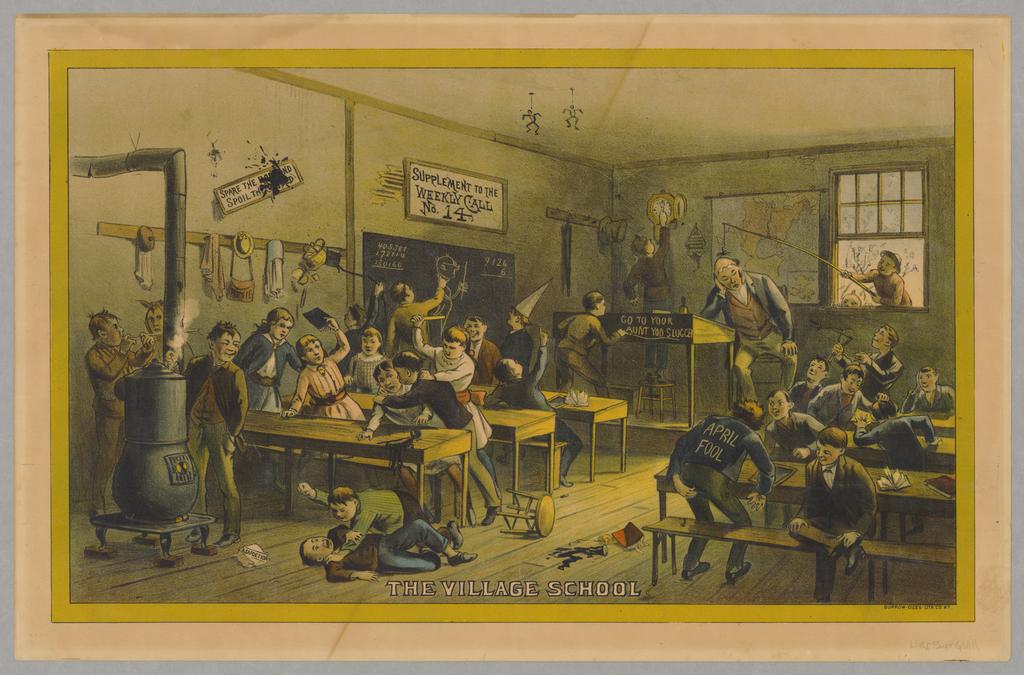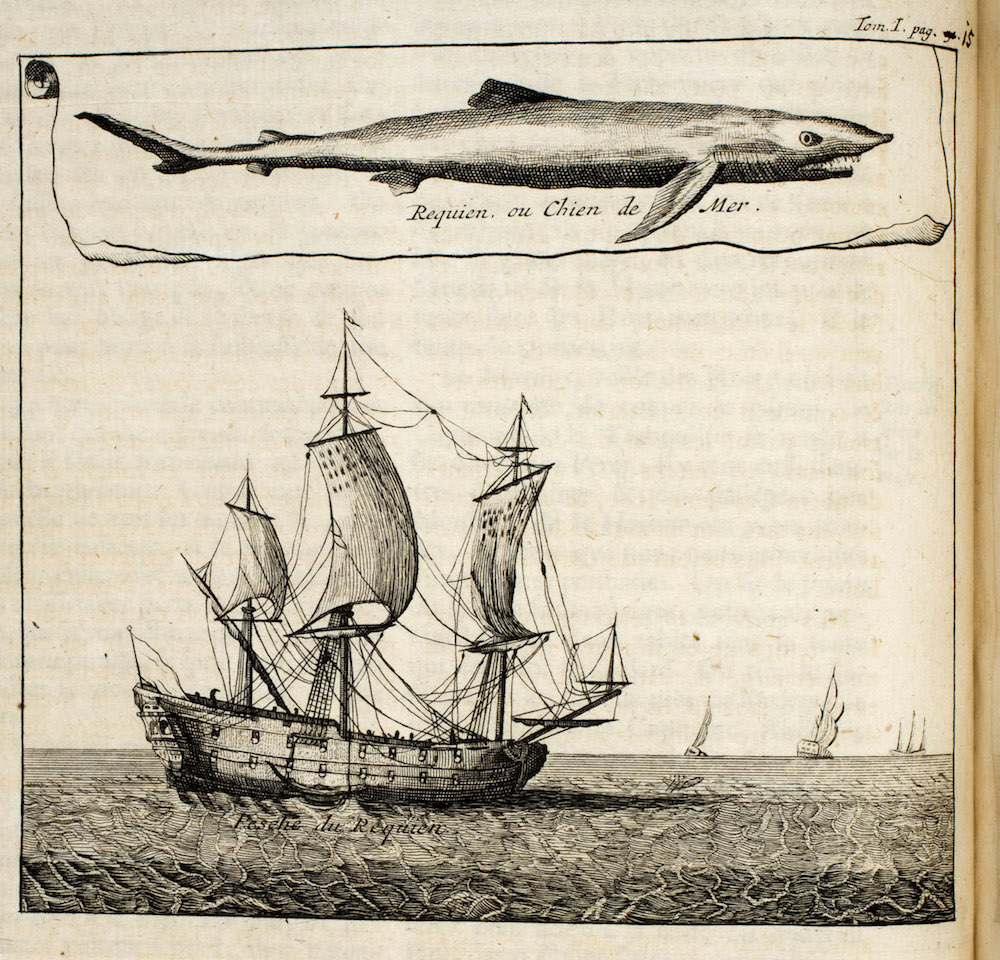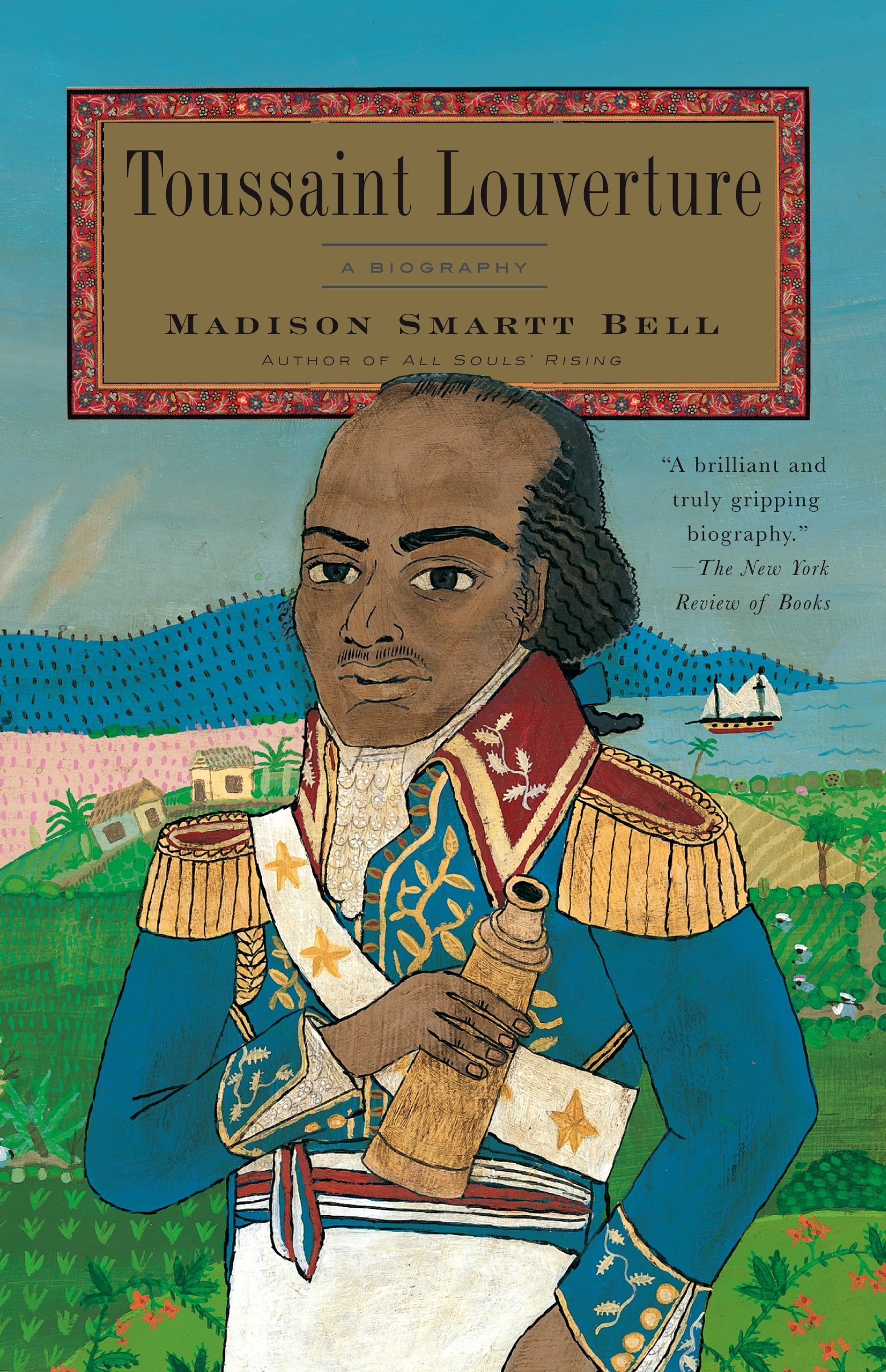When I started teaching Atlantic World History in 2006, one of the problems I confronted was how to help students grasp the dynamics of Caribbean history in a course that is organized by themes—environmental history, imperial strategies, the slave trade and the African diaspora—rather than by region. I introduce my students to Caribbean geography in a map lecture early in the year, and the Caribbean “sugar and slaves” complex impinges on nearly every unit. But I also hope to give students a vivid sense of the Caribbean’s role as the linchpin of European geopolitical competition in the Atlantic world—and, ideally, accomplish this in just one or two lessons.
The first fact that students of the early modern Caribbean must wrap their minds around is the decimation of the region’s indigenous population, which came sooner, faster, and perhaps more completely in the Caribbean than on the mainland. In class, after students read selections from Alan Taylor’s American Colonies (2001) and Shawn Miller’s Environmental History of Latin America (2007) that deal with this topic, I complicate the story with a two-part exercise. First, students examine a table of population statistics from contemporary North and South America. The nations that report the highest proportions of Native American and mestizo ethnicity today are, for the most part, the regions that had high population density in the pre-Columbian era: Mexico, Guatemala, Ecuador, and Peru. In contrast, Haiti, Jamaica, Cuba, and Brazil report high proportions of African-American ethnicity but tiny proportions of Native American ethnicity—even though the pre-Columbian Caribbean and the Amazon Basin both had sizeable indigenous populations. This contrast makes a good launch pad for a discussion of where most African slaves ended up, and why.
But then the students turn their handouts over to discover a table that charts Puerto Ricans’ ethnic identity in four ways: by self-reporting in the 2000 and 2010 U.S. censuses, by a 2002 study of mitochondrial DNA (which traces deep ancestry in the female line), and by a 2001 Y-chromosome study (which traces deep ancestry in the male line). The data suggest that at least half of Puerto Ricans have Native American ancestry in the female line, but vanishingly few report it, likely because they are themselves unaware of it. African ancestry (which appears in both the maternal and paternal lines) is also underreported, but not to the same degree. As the students consider this table, they develop a vision of a society forged by the blending of European and African blood, in the male line, with Native American and African blood, in the female line. This brief look at contemporary data helps them anticipate the history they will learn.
Several weeks later, toward the end of a long unit on the five major European powers’ colonization styles, we embark on the “Caribbean game,” which I sometimes call “Beyond the Line” in a nod to the principle established by the Peace of Cateau-Cambrésis in 1559 that skirmishes that occurred west of mid-Atlantic lines of amity would not provoke hostilities in Europe. (Or, to put it more simply, what happened in the Caribbean stayed in the Caribbean.) My unit on colonization styles focuses mainly on the Spanish, Portuguese, and French empires, because those are the ones with which my students are least familiar; they have already encountered the British and Dutch empires in U.S. History. But I make the Caribbean the centerpiece of my brief treatment of British and Dutch colonization, because doing so instills important lessons about those two empires’ priorities: Which American colonies mattered most from a metropolitan British perspective, and how does this explain the relative freedom that mainland colonists enjoyed? Why did the Dutch spread themselves so thinly, and how did they cope with repeated failure, in Pernambuco, New Netherland, and various Caribbean islands? What, ultimately, was the Dutch strategy for gleaning profit from the New World?
The Caribbean game is profoundly simple. On the floor of the classroom, I lay out two dozen hand-drawn cards, each representing a Caribbean island, in a roughly correct map. Cuba’s card is the largest; Jamaica, Hispaniola, and Puerto Rico are smaller; the rest are quite small. Students, assigned to represent various European powers, array themselves around the corners of the map. Teams of two or three students represent the major Atlantic powers of France, Spain, England, and the Dutch Republic; individuals represent lesser powers, such as Denmark and Courland. (“What is Courland?” the students ask. Well, look it up—this is a good lesson that not all countries last forever!) Someone plays the part of “slave uprising,” intimating unrest with drumming, and someone else plays the part of hurricanes, tempests, and other forces of nature.
Once everything is in order, the game begins. I read aloud a timeline of the European conquest of the Caribbean, beginning with Christopher Columbus’s claiming Hispaniola and Cuba for Spain in 1492, and working my way slowly (over eighty minutes or so) to the territorial exchanges that resulted from the Seven Years’ War and the American Revolutionary War. As I read, the players act out what happened. Spain snatches Hispaniola, and Cuba, and Puerto Rico, and Montserrat, and St. Kitts, and Jamaica, and on and on; France encroaches on various Spanish territories and is repelled; Britain approaches, looks around, and backs away. I read about Spanish slave raiding against Native settlements and give occasional updates on the Native American population collapse, but in the main, the Caribbean game focuses on European conflicts over the Caribbean.
The real point of the game is observation and conversation. Along about 1570 or 1600, I pause and ask the students representing Spain how they like the game so far. Then I ask France and England the same question. Usually at least one of the competing teams has a sense of grievance by this point, and as we move into the seventeenth century, they become more aggressive. Faces are made and hands are slapped as France and England begin to wrestle a few islands out of Spain’s grasp. The Dutch and Scandinavian players struggle gamely for tiny victories. Meanwhile (this has actually happened) the student representing Portugal falls asleep.
We stop and talk about the action frequently as it unfolds: Why did Spain initially get all the islands it wanted? Why did many of the Lesser Antilles remain uncolonized for decades, and were they really prizes for the French and English when they finally claimed them? How did the decimation of the Caribbean’s Native American population affect the value of the region in Spanish eyes? Why did competition over the region become so much more intense in the 1620s and 1630s? To what extent could different European powers trust each other to honor agreements and treaties? Why was Portugal so little involved in the European conquest of the Caribbean? Some aspects of the story I simply want students to remember on a visceral level: the relentless frequency of slave uprisings, especially as the enslaved population grew; the way in which a hurricane or another natural disaster could abruptly alter a settlement’s fortunes.
In my Caribbean “game,” unlike some history class games, such as those designed by Reacting to the Past, the players have no freedom of action; they play the moves I dictate, selected from the historical record, and their freedom lies only in doing so hopefully or angrily, in articulating subsurface motivations or expressing suspicion of their rivals. In essence, I use the Caribbean game to build students’ experiential memory of the winds of empire that blew across the early modern Caribbean. There are a few things that I require them to memorize—1655 (the English conquest of Jamaica), 1763 (the end of the Seven Years’ War), the names and thumbnail histories of the four Greater Antilles—but only a few. Mainly, I want them to understand the Spanish, French, English, and Dutch approaches to the Caribbean: motives, prospects, rivalries, grudges, and the imperial strategies that emerged from this cauldron.
Calling the exercise a Caribbean “game” begs the question of who, in the end, won the Caribbean. It is perhaps easier to say who lost: the indigenous population, catastrophically. Assessing the European players’ success is trickier: Spain appeared, in the sixteenth century, to be winning but later had to meet significant challenges from other European nations and submit to significant territorial losses; France and Britain ultimately gleaned great benefit from the Caribbean, but at a high price; Portugal focused its energies elsewhere; and the Dutch Republic, after a series of frustrating adventures, developed an alternative strategy of refining and marketing sugar and companion products such as coffee and chocolate, thereby benefiting from the Caribbean’s star industry without having to do as much of the work of conquest and plantation as the French and English did. Students often conclude that the Dutch “won” the game, even though it is doubtful that that is how it looked to anyone in the seventeenth century.
The question of who “won” the Caribbean may sound gimmicky, but it bears a lot of discussion. Did the Spanish—who were facing a rapid die-off of the population they had relied upon for labor, as well as extensive piracy by other European powers, well before 1600—ever feel like they were “winning” the region, even in the sixteenth century? Most of my students find the violence of the European conquest repugnant, and one particularly peace-loving class argued that Denmark actually won the game, because it managed to acquire a few, very small islands without warfare, by purchase or treaty. This is, needless to say, a completely impractical position from a seventeenth- or eighteenth-century point of view, but it opens a window for discussing why early modern Europeans thought that Caribbean islands—sometimes even small ones, with scant arable land—were worth going to war over, and also for discussing why hostilities in the Caribbean were long considered a thing apart from warfare in Europe.
The person who crafts the game has a lot of power to shape students’ perceptions of the region, and these choices are also worth discussing with students. I deliberately centered the game on the theme of inter-European competition because I believe that the topics of the Native American population collapse, slavery, and trade are more effectively taught in other ways, but over the years, I have tweaked the timeline I use for the game to place more emphasis on slaves’ resistance and on natural disasters. As European colonizers’ investment in plantations and plantation slavery mounted, so too did their physical and economic vulnerability. Another premise of the game that is worth discussing with students is whether it makes good pedagogical sense to discuss the Caribbean in a vacuum. By the time the class reaches the Caribbean game, students already know that the Spanish and Portuguese empires’ main interests were on the mainland and can effectively contrast Spain’s dependence on the Caribbean ports of Havana, Veracruz, Nombre de Dios/ Portobelo, and Cartagena with the Atlantic orientation of Portuguese Brazil. For the French, English, and Dutch, Caribbean islands were elements in portfolios that also included North American and (in the Dutch case, for a brief but pivotal period) South American territorial claims. As students readily intuit, each nation’s approach to the Caribbean was conditioned by the extent and perceived value of its mainland claims.

The Caribbean game is not, of course, my entire treatment of Caribbean history. We spend a lesson on the mechanics of sugar production and marketing; we spend another lesson on seafaring and piracy; and we spend three weeks on approaches to the study of Atlantic slavery, including some topics (such as Vaudou and Santeria) and some primary sources (such as Louis XIV’s 1685 Code Noir) that bear directly on the Caribbean. But for many students, the Caribbean game is a highlight of the course, and their experiential memory of it fixes the dynamics of inter-European competition for the Caribbean in their minds more effectively than even the most engaging reading assignment would be likely to do. Living through the arc of Caribbean history as a stakeholder—at the breakneck speed of three centuries in eighty minutes—gives them enough of a mental framework that when they are confronted with, for example, the Code Noir, they can situate the document within an impressionistic but accurate vision of what was going on in the Caribbean in the 1680s from the French perspective. Teaching with this “game” has spurred me to seek other opportunities to cultivate students’ experiential memory of key passages within the material they study.
Further Reading
The best recent overview of Caribbean history is Carrie Gibson, Empire’s Crossroads: A History of the Caribbean from Columbus to the Present Day (London, 2014). Gibson’s “Gazetteer” is useful for compiling a timeline of events for the Caribbean game. Another valuable resource is Stephan Palmié and Francisco A. Scarano, eds., The Caribbean: A History of the Region and Its Peoples (Chicago, 2011), which includes essays on specific European nations’ Caribbean enterprises, on formative features such as geography and ecology, and on “masterless people” who functioned on the fringes of the dominant power systems.
The scholarly literature on the early modern Caribbean is vast; most of it centers on slavery and the plantation economy. Two essential recent works on these topics, both comparative, are Richard S. Dunn’s A Tale of Two Plantations: Slave Life and Labor in Jamaica and Virginia (Cambridge, Mass., 2014), and Trevor Burnard and John Garrigus, The Plantation Machine: Atlantic Capitalism in French Saint-Domingue and British Jamaica (Philadelphia, 2016).
One of my primary goals in the Caribbean game is to introduce students to different European nations’ signature colonization styles. On French colonization, see the opening chapters of Laurent Dubois, Avengers of the New World: The Story of the Haitian Revolution (Cambridge, 2004). Laurent Dubois and John D. Garrigus, eds., Slave Revolution in the Caribbean, 1789-1804: A Brief History with Documents (Boston, 2006) is a splendid tool for teaching and also covers the backstory of the development of colonial Saint-Domingue. On the Dutch Caribbean, see Linda M. Rupert, Creolization and Contraband: Curaçao in the Early Modern Atlantic World (Athens, Ga., 2012), and Wim Klooster, The Dutch Moment: War, Trade, and Settlement in the Seventeenth-Century Atlantic World (Ithaca, 2016). The books on the Spanish Caribbean that I have found most illuminating focus on the nineteenth century, when Spanish Cuba succeeded French Saint-Domingue as the world’s leading sugar producer. See, for example, Ada Ferrer, Freedom’s Mirror: Cuba and Haiti in the Age of Revolution (New York, 2014), and Laird W. Bergad, The Comparative Histories of Slavery in Brazil, Cuba, and the United States (Cambridge, 2007).
On Caribbean settlements’ vulnerability to natural forces, see Matthew Mulcahy, Hurricanes and Society in the British Greater Caribbean, 1624-1783 (Baltimore, 2006), and John Robert McNeill, Mosquito Empires: Ecology and War in the Greater Caribbean, 1620-1914 (New York, 2010). Karen Ordahl Kupperman, Providence Island, 1630-1641: the Other Puritan Colony (Cambridge, 1993) is a wholesome reminder of the sheer diversity of seventeenth-century European ventures in the Caribbean. Kristen Block, Ordinary Lives in the Early Caribbean: Religion, Colonial Competition, and the Politics of Profit (Athens, Ga., 2012) offers a window onto individual Caribbean settlers’ experiences.
This article originally appeared in issue 17.2 (Winter, 2017).
Darcy R. Fryer teaches history at the Brearley School and edits the Common School column.




